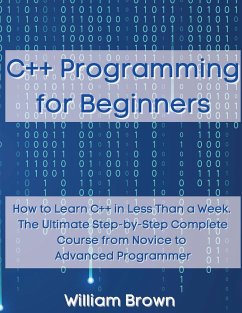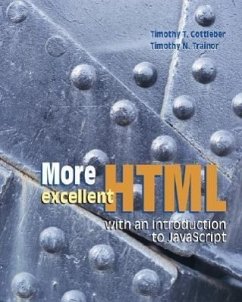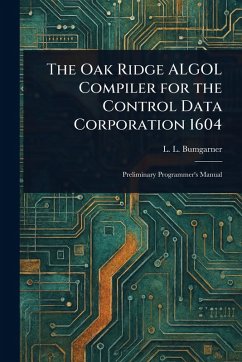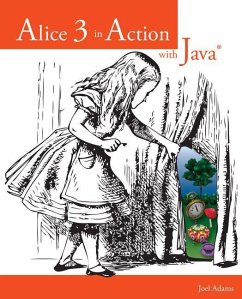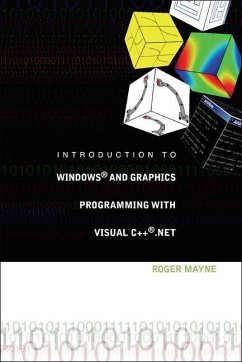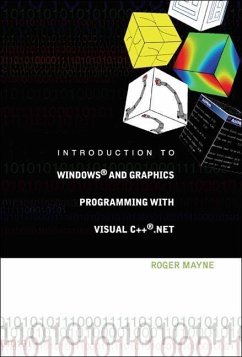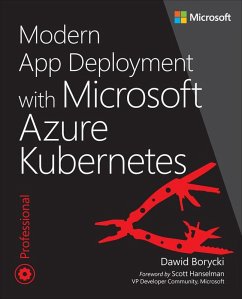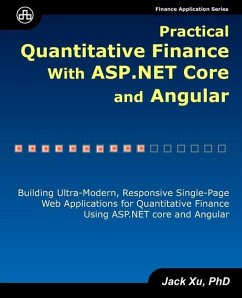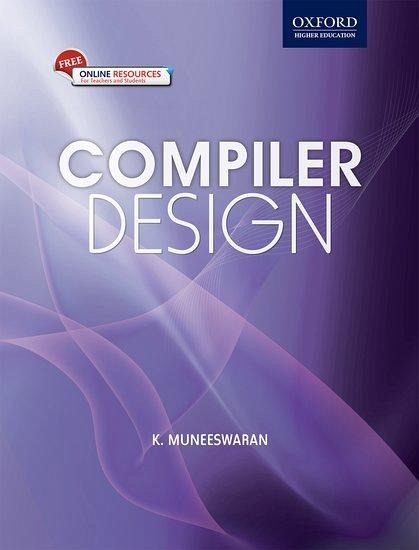
Compiler Design (with CD)
Versandkostenfrei!
Versandfertig in über 4 Wochen
31,99 €
inkl. MwSt.

PAYBACK Punkte
16 °P sammeln!
Compiler Design is a textbook for undergraduate and postgraduate students of engineering (computer science and information technology) and computer applications. It seeks to provide a thorough understanding of the design and implementation aspects of a compiler.



